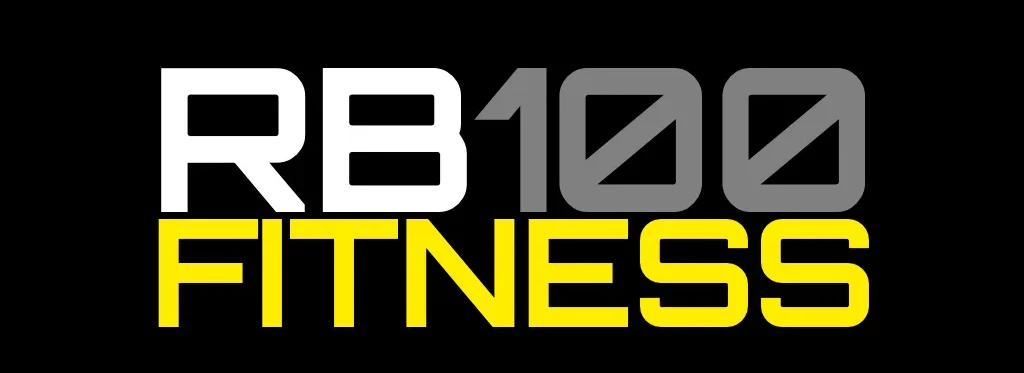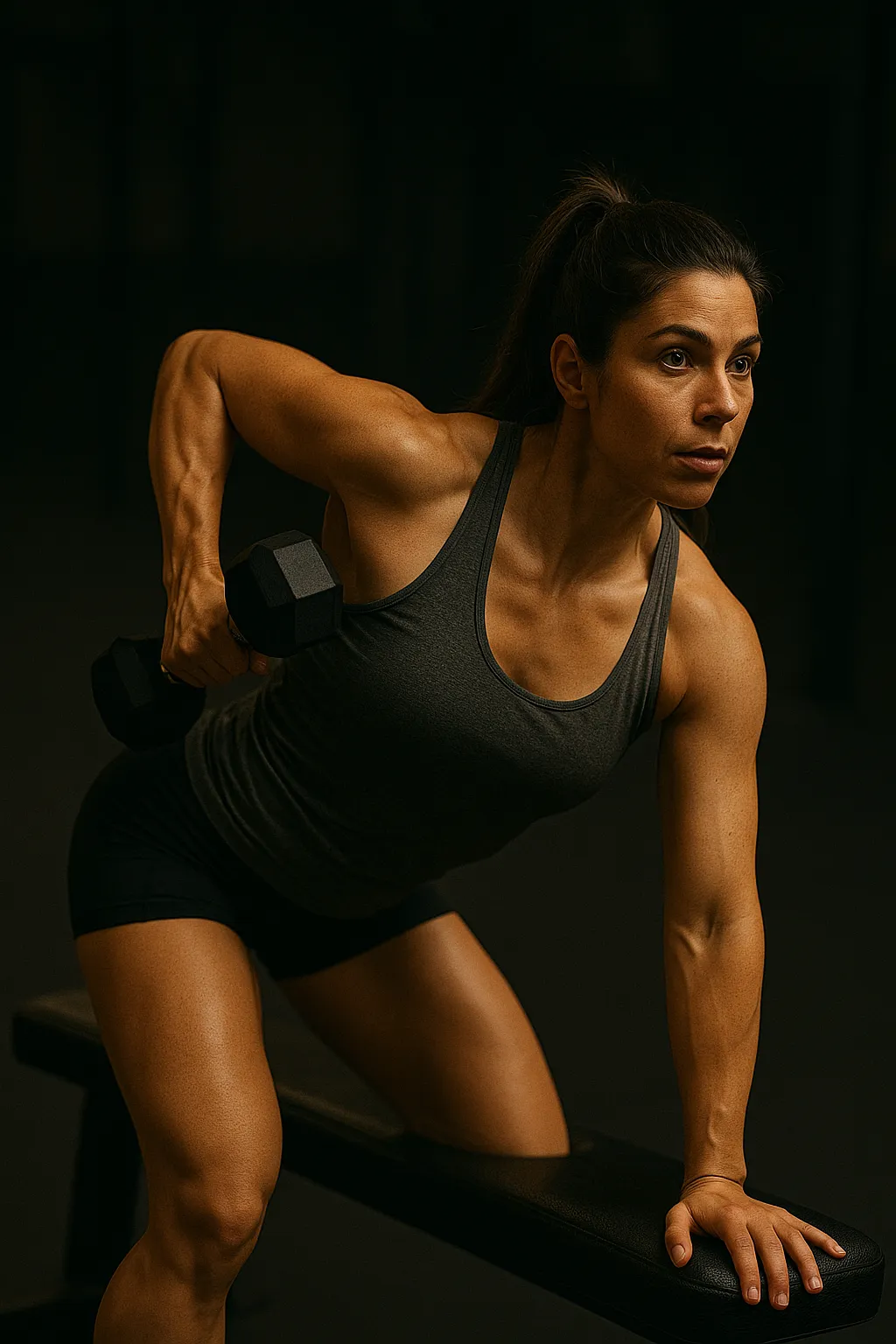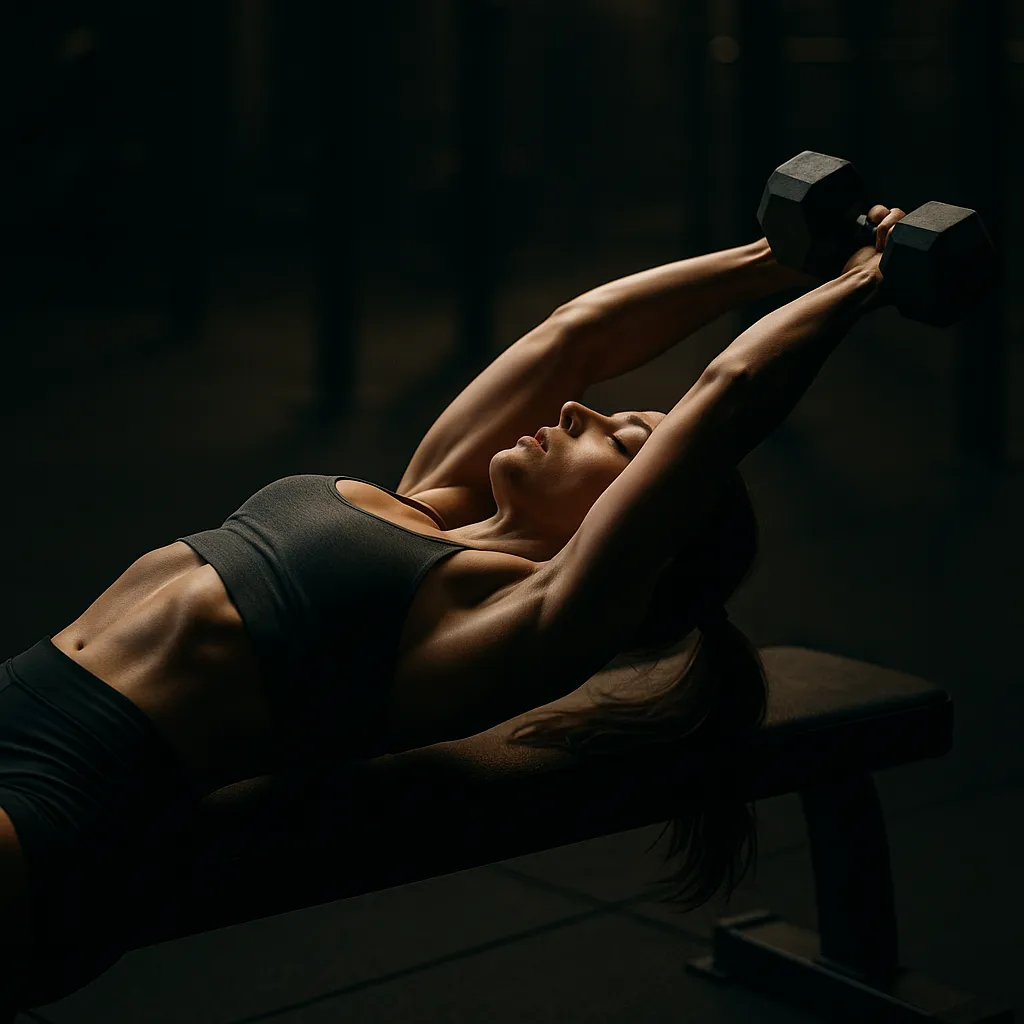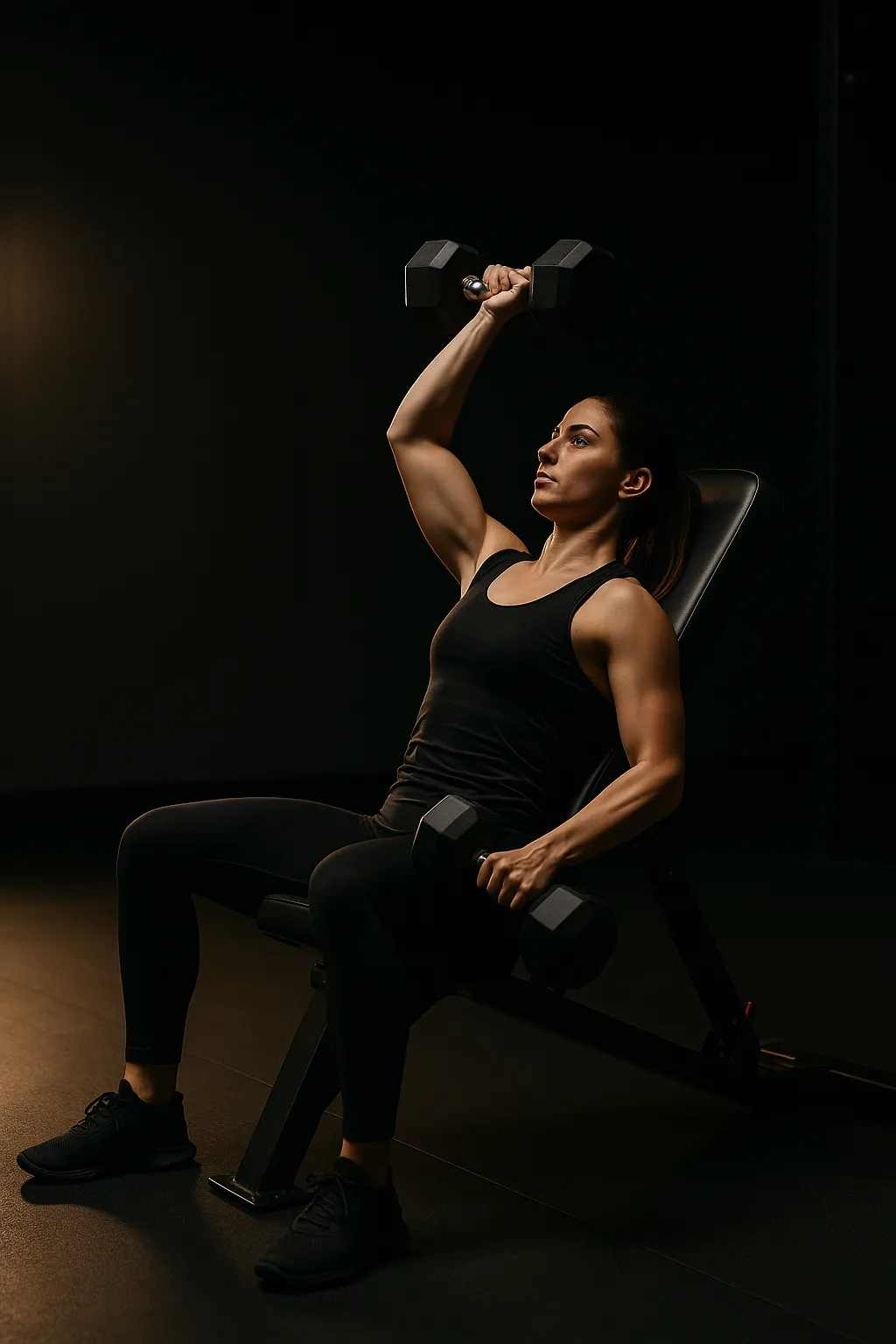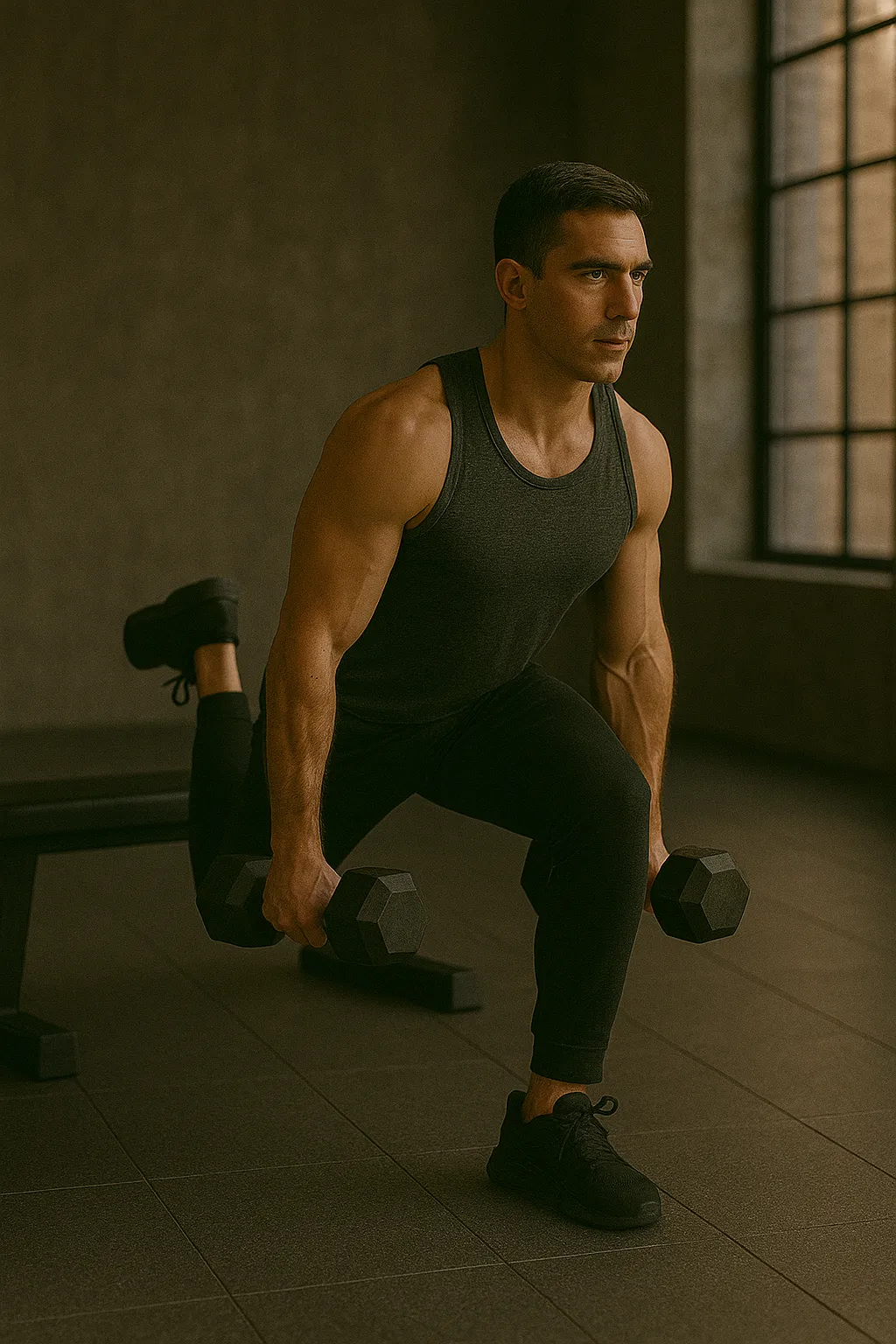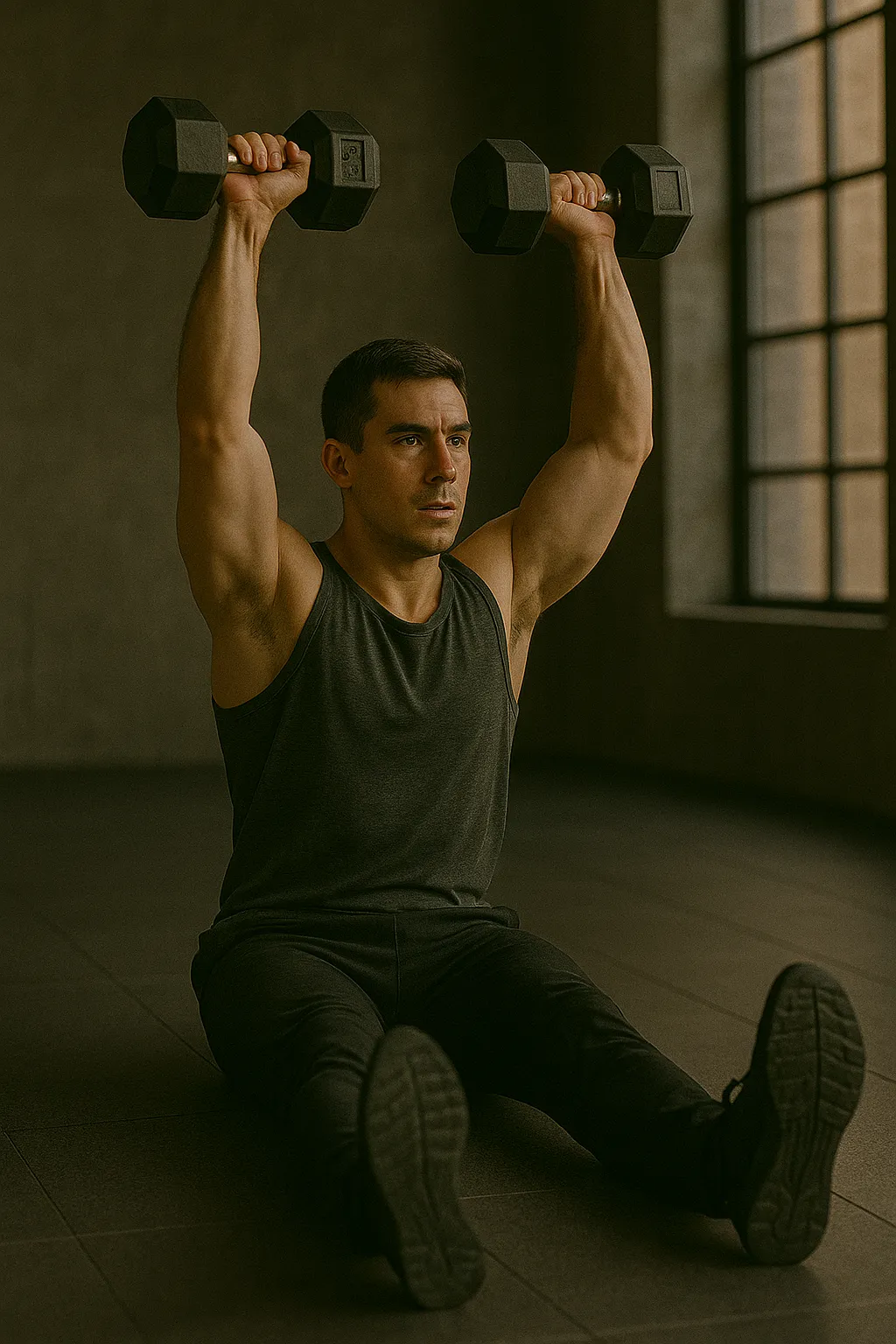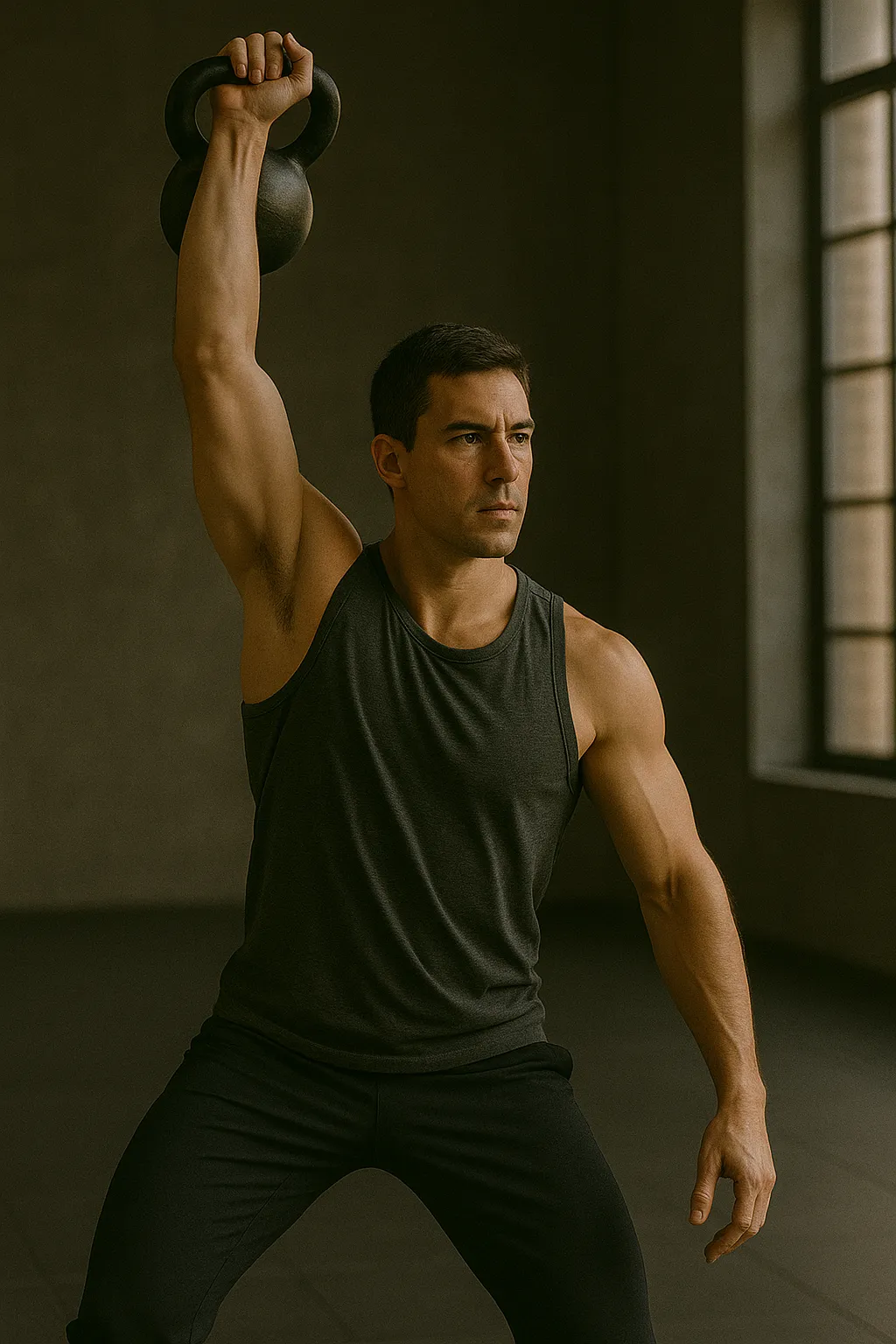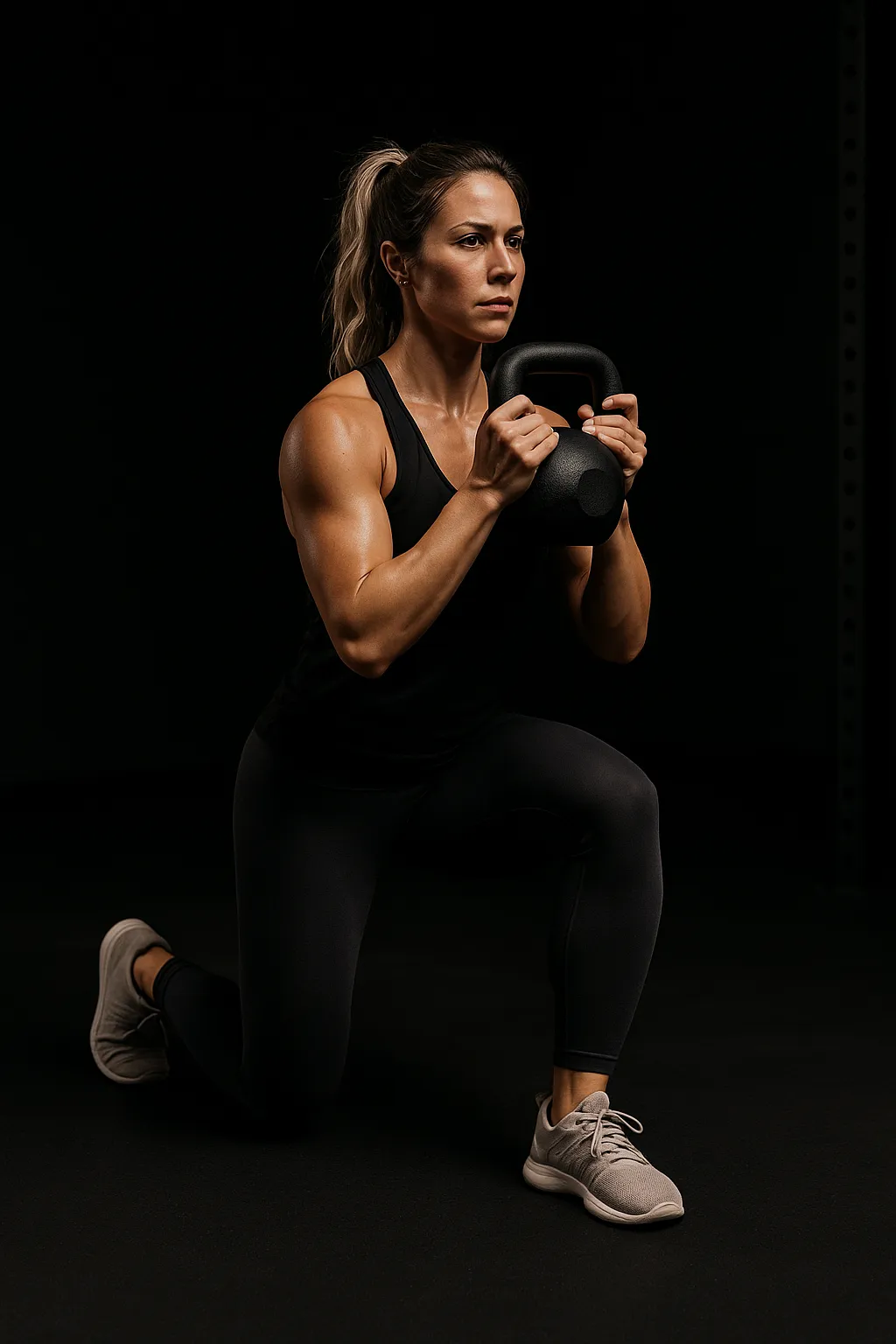Exercise Facts
| Movement Pattern | Core, Hinge, Stability |
|---|---|
| Muscle Group | Abs, Forearms, Hip Flexors, Shoulders |
| Equipment | Pull-Up Bar |
| Environment | Gym, Home, Outdoor |
| Skill Level | Advanced, Intermediate |
| Series | Core Control Series, Unilateral Power Series |
Overview
The Hanging Leg Raise is a cornerstone exercise for building a strong, functional core. It develops strength through the abdominals, hip flexors, and stabilising muscles of the shoulders and grip, making it one of the most complete anterior-chain movements available.
To perform, hang from a pull-up bar with an overhand grip, arms extended, and body still. Engage your core and draw your legs upward until they reach at least hip height or ideally parallel to the floor. Lower them under control, keeping tension through the abs throughout. Advanced athletes can progress to toes-to-bar for increased difficulty.
This movement challenges trunk flexion and anti-swing control, developing both the rectus abdominis and the deeper stabilisers. It also strengthens grip, forearms, and lats, contributing to better performance in gymnastics, calisthenics, and functional fitness events.
Common errors include using momentum to swing the legs, losing control during descent, or disengaging the shoulders. Cue “brace before lift,” “control both directions,” and “stay hollow.”
In Relentless Bravery Fitness, the Hanging Leg Raise represents disciplined strength the kind of control that’s built rep by rep, never rushed. It teaches full-body tension and movement precision under load, whether in a gym setting or hybrid competition.
Use 4×10–15 reps for strength, or perform as part of a conditioning finisher or EMOM core circuit.
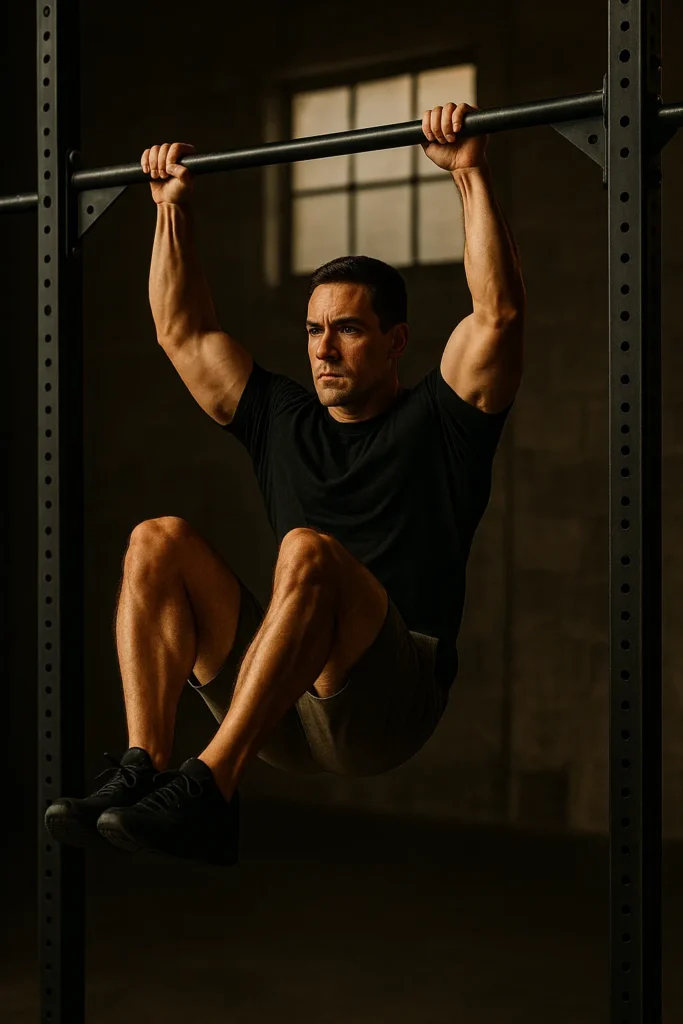
Setup (Steps)
Hang from pull-up bar with overhand grip; body straight and still; engage shoulders and brace core.
Execution (Steps)
Raise legs to hip height or parallel; pause; lower slowly under tension; maintain hollow-body control.
Coaching Cues
“Brace first.” “Control the swing.” “Lift with your core, not momentum.”
Common Faults & Fixes
Excessive swinging → reduce range and reset between reps.
Shoulder collapse → engage lats before each raise.
Bent arms → keep elbows extended throughout.
Programming Ideas
4×10–15 for strength; EMOM 8–10 reps for endurance; add to pull-up supersets for core integration.
Variations
Toes-to-bar; hanging knee raise; weighted version; L-sit holds.
Regressions
Captains chair leg raise; lying leg raise on mat.
Standards & Competition Notes
Legs straight; controlled tempo; no excessive momentum; hips and shoulders remain engaged.
Safety Notes
Avoid swinging; maintain shoulder tension to protect joints.
